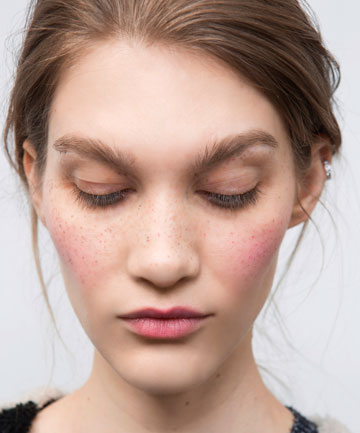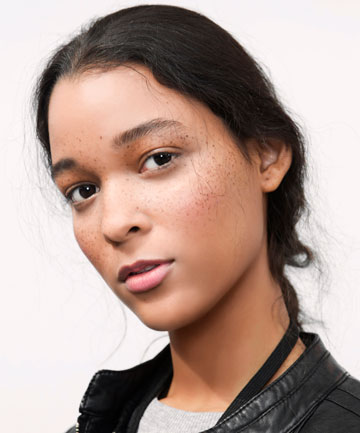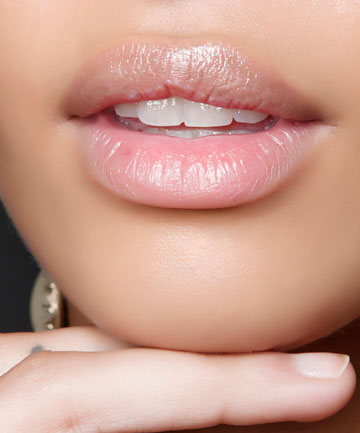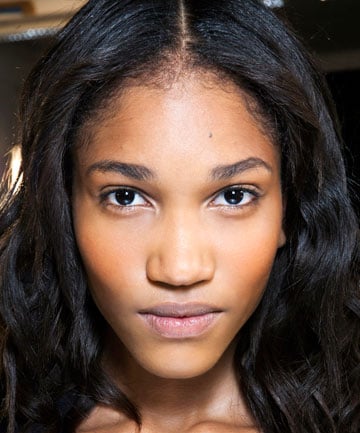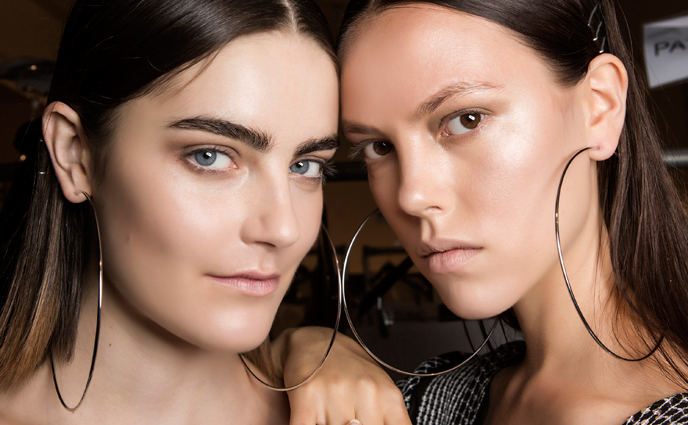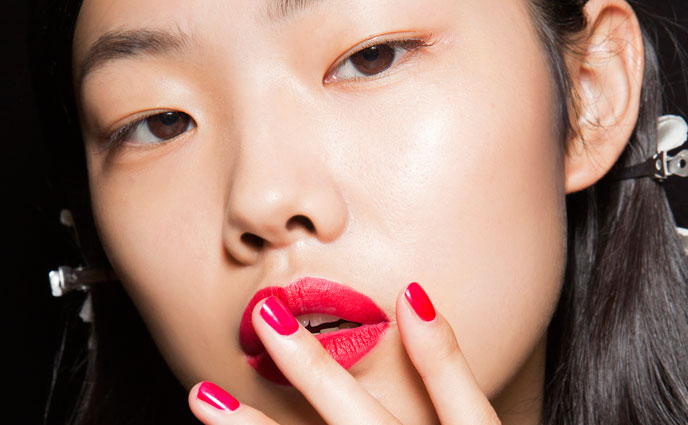If you were to ask any dermatologist in the world for their best piece of advice, we wager they'd all say the same exact thing: protect yourself from the sun. That means limiting your outdoor exposure via shade, hats and protective clothing, and by really going wild with the ol' SPF. Dr. Anita Cela, a board-certified dermatologist who practices out of Manhattan, agrees with all the above.
"While sunlight is responsible for the wonderful world we live in, it is extremely important to protect our skin from ultraviolet (UV) radiation given off by the sun," she says. "UVA and UVB are invisible rays that cause severe damage. These rays penetrate below the skin surface and cause sunburn, premature aging and skin cancer. If that doesn't motivate you, then remember sun exposure increases the risk of all skin cancers which can lead to serious health problems."
Here's the thing. Despite how many times dermatologists shout this from the rooftop, there still remains a plethora of sun care misinformation out there. Today we're shedding some (UV-free) light on eight of the most egregious sun care mistakes people regularly make.
Image via Imaxtree
"While sunlight is responsible for the wonderful world we live in, it is extremely important to protect our skin from ultraviolet (UV) radiation given off by the sun," she says. "UVA and UVB are invisible rays that cause severe damage. These rays penetrate below the skin surface and cause sunburn, premature aging and skin cancer. If that doesn't motivate you, then remember sun exposure increases the risk of all skin cancers which can lead to serious health problems."
Here's the thing. Despite how many times dermatologists shout this from the rooftop, there still remains a plethora of sun care misinformation out there. Today we're shedding some (UV-free) light on eight of the most egregious sun care mistakes people regularly make.
Image via Imaxtree
Cela says that the number-one sun care mistake people make is that they rarely apply enough sunscreen.
"In determining the SPF of a sunscreen, one ounce of sunscreen is used for an average person. That's about a shot glass worth," she says. "If you don't apply that much each time you will be under-protected."
She strongly recommends a broad-spectrum sunscreen with an SPF of at least 25.
Image via Imaxtree
"In determining the SPF of a sunscreen, one ounce of sunscreen is used for an average person. That's about a shot glass worth," she says. "If you don't apply that much each time you will be under-protected."
She strongly recommends a broad-spectrum sunscreen with an SPF of at least 25.
Image via Imaxtree
The best time to apply your sunscreen is when you're wearing nothing but your birthday suit. "If one applies sunscreen after they have put on their clothes and a sleeve or strap slips, they are now at risk of having a terrible burn in the exposed area," warns Dr. Michelle Henry, a board-certified dermatologist who specializes in high-risk skin cancer treatments. This rule also applies to sandals/flip-flops and bathing suits (especially those with cut-out details).
Image via Imaxtree
Image via Imaxtree
Though you may be religious about applying sunscreen to your face, neck, hands and arms, it's possible you're neglecting other important areas of the body, such as lips, ears, eyes, scalp and feet. Use a lip balm with SPF, wear protective sunglasses and consider a powder-style sunscreen or hat for your scalp. For other hard-to-reach zones — such as your back and in between your toes — consider a spray-on option.
Image via Imaxtree
Image via Imaxtree


